How to Choose a Diamond
Shop Local Diamond’s is determined to help you find the best combination of size, color, and clarity for your needs. Our education tools are designed to help answer all of your diamond buying questions. It explains diamond characteristics, how these characteristics can affect appearance and what to look for. In just a few short minutes you’ll know everything you need to know in order to choose the perfect diamond.
Diamond Clarity
Diamonds are created by nature under tremendous heat and pressure. Almost all diamonds have minute imperfections. Many of these flaws are too tiny to be seen by anyone, unless magnified by X10. Diamonds with little to no imperfections receive the higher Grade Quality. Learn More>

Diamond Cut
The cut of a diamond determines its brilliance.While diamonds can be fashioned into different shapes, the term “cut” refers to how a diamond’s complex proportions and angles relate to light. Put simply, the better the diamond cut, the more sparkle the diamond will have. Learn More>

Diamond Carat Weight
People are most familiar with the term carat weight. Diamonds are weighed in metric carats. For reference, a small paper clip weighs about two carats. Keep in mind that carat weight is specifically a measure of diamond weight. Learn More>

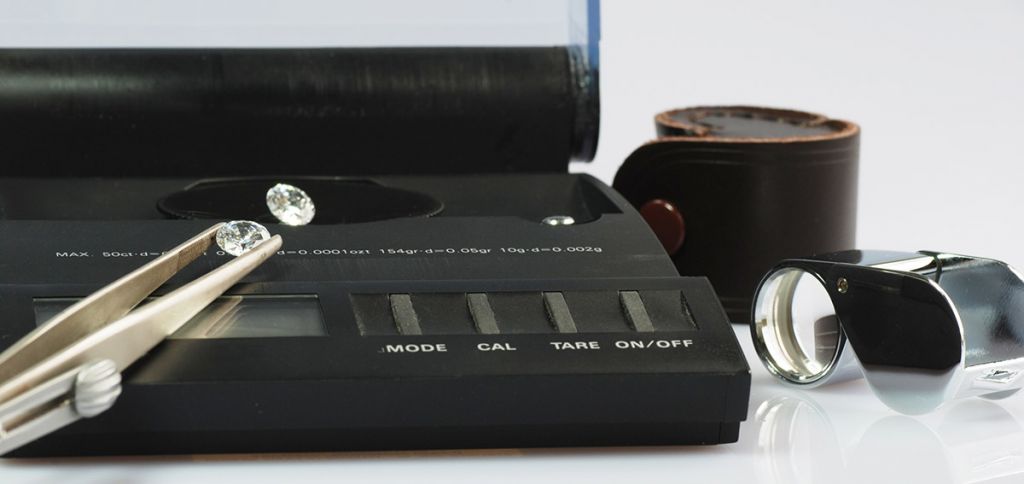
Diamond Color
Color distinctions can be quite subtle and only visible to the trained eye, but the differences can have a significant impact on price. A diamond color grade is actually in reference to lack there of. Meaning, diamonds that are white, containing little to no color are very rare and highly valued. These particular diamonds ,receive the higher quality grade than those with visible color. Learn More>

Diamond Shape
When selecting a diamond, your first priority is usually to choose a shape. Every diamond shape is uniquely cut and has a different impact on its appearance. Most commonly size and brilliance Learn More>
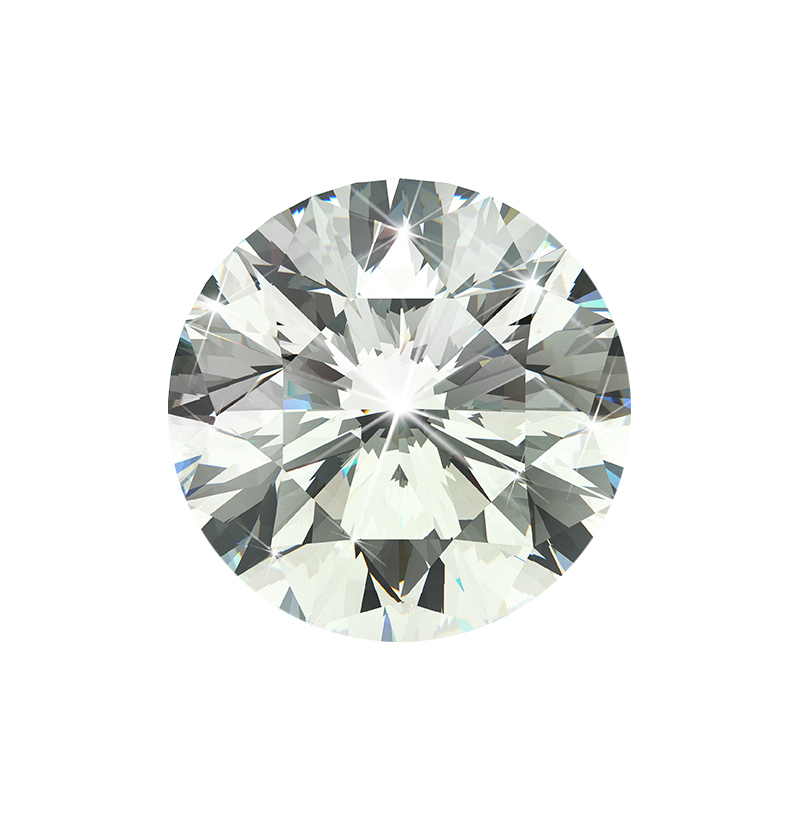 Round
Round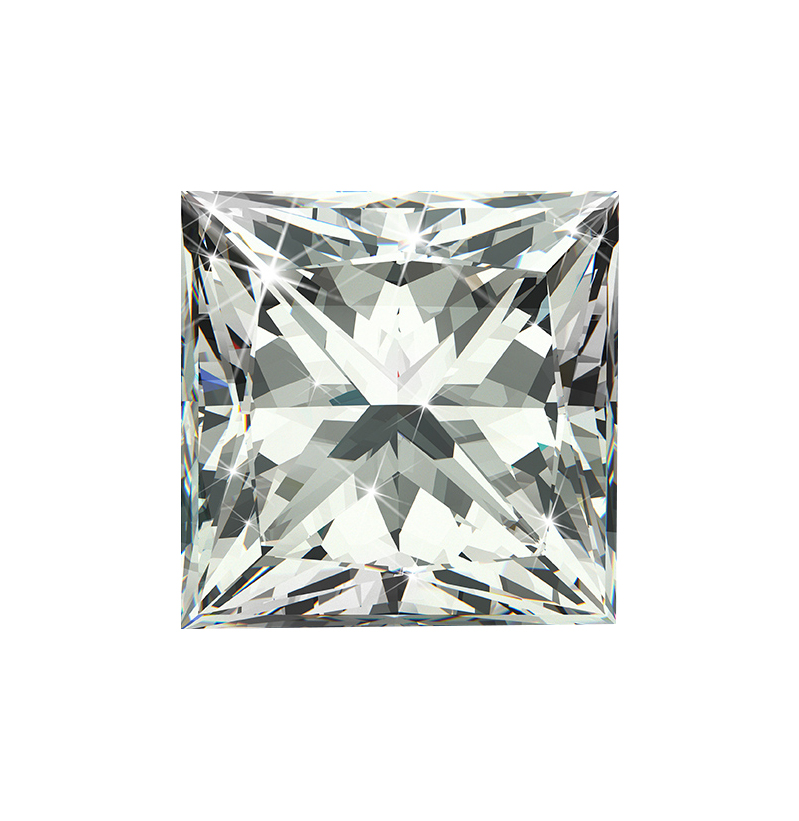 Princess
Princess Esmerald
Esmerald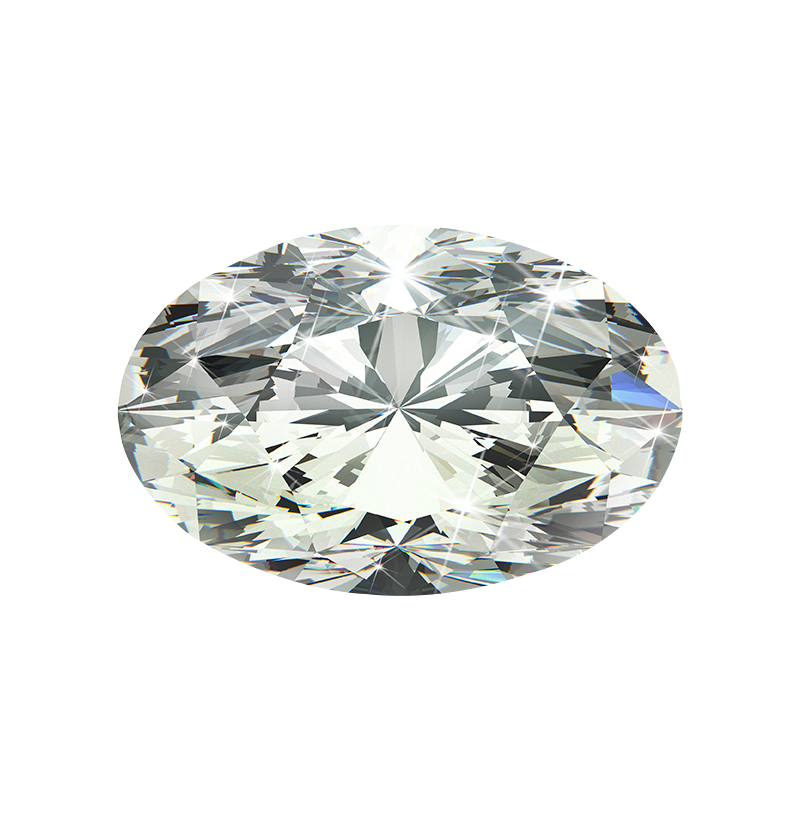 Oval
Oval
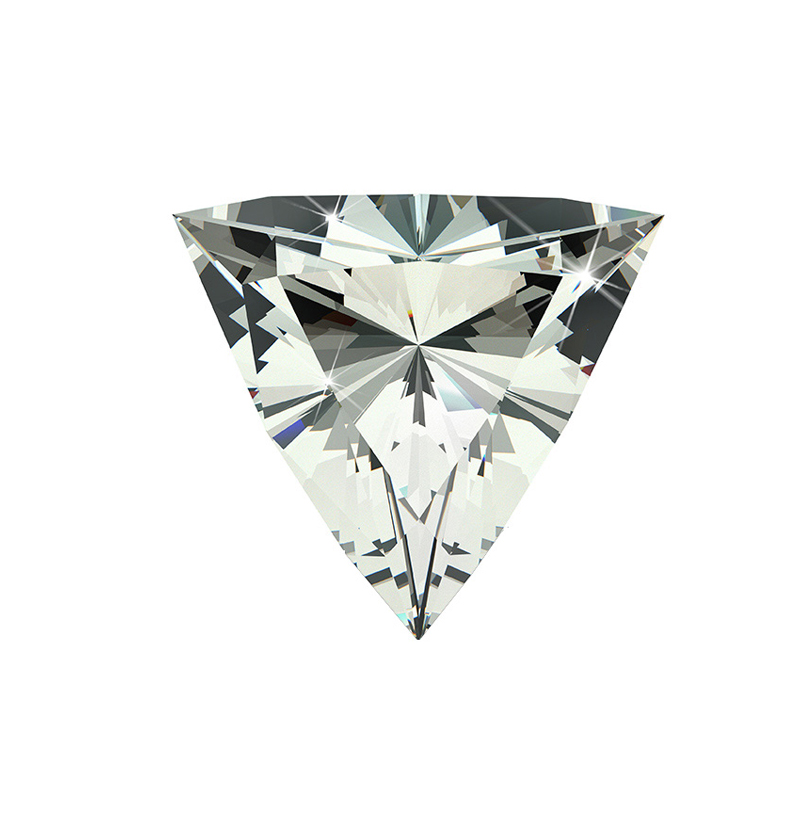 Trillion
Trillion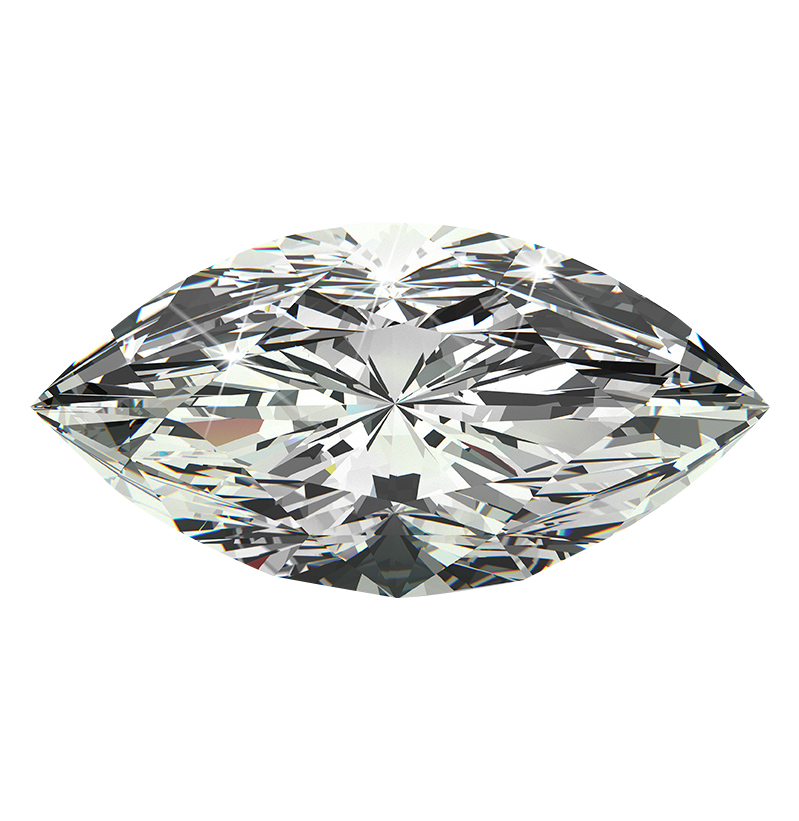 Marquise
Marquise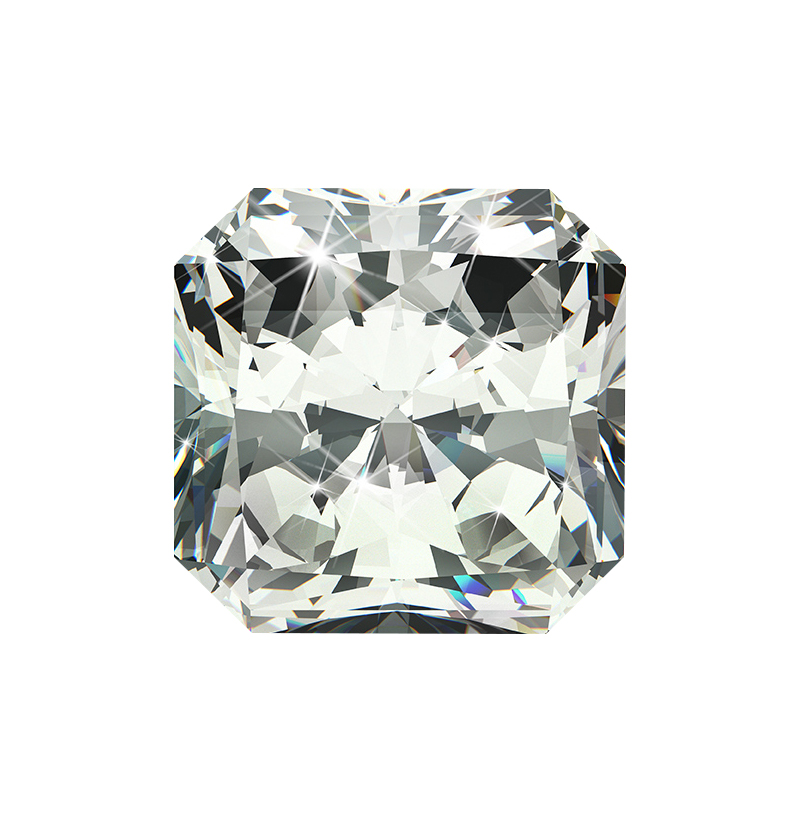 Asscher
Asscher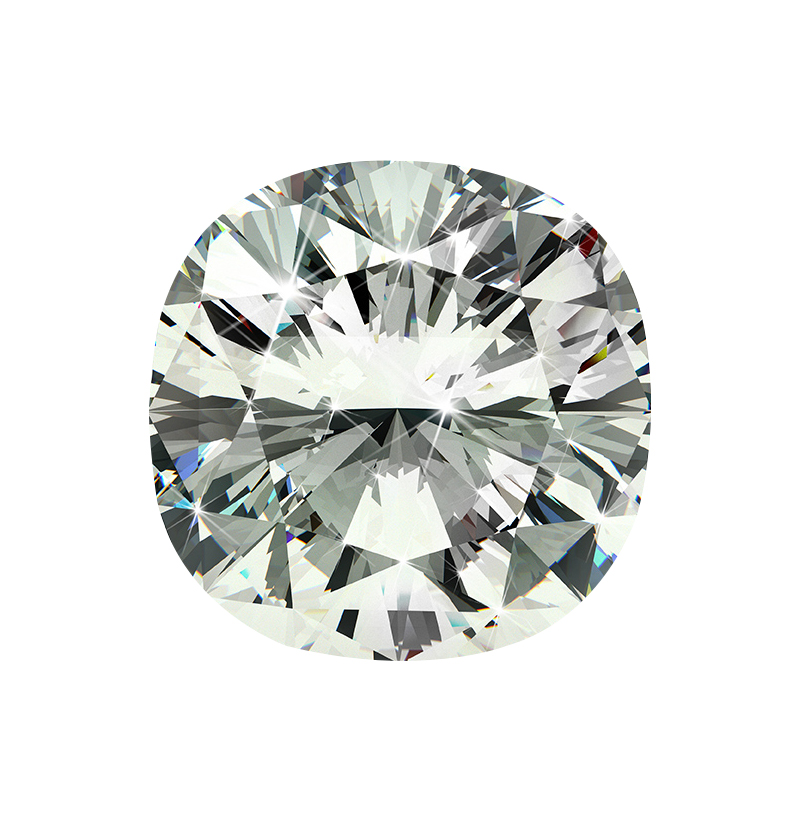 Cushion
Cushion
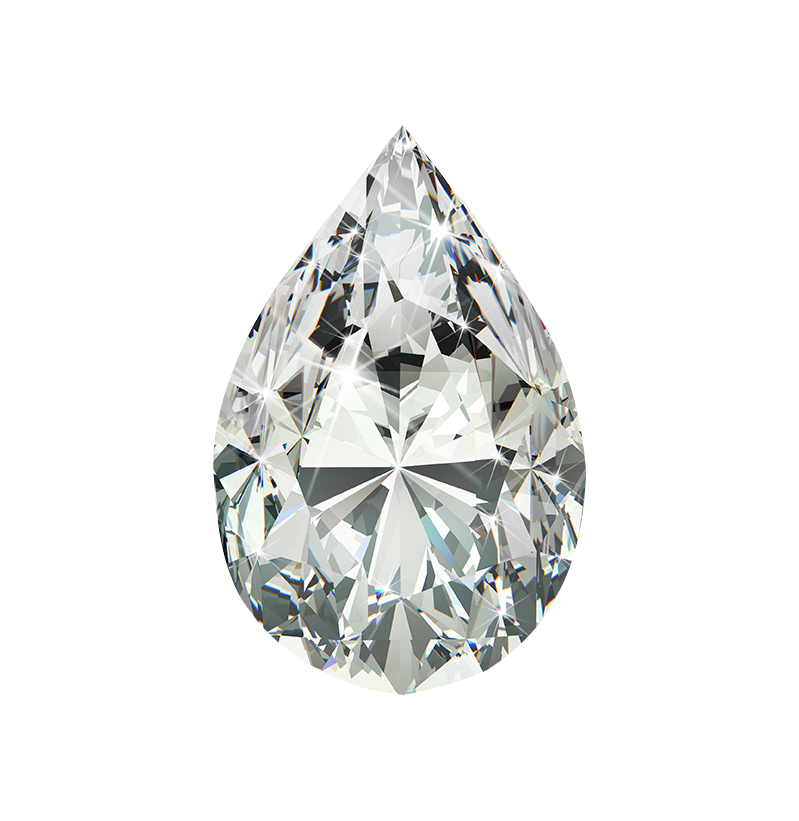 Pear
Pear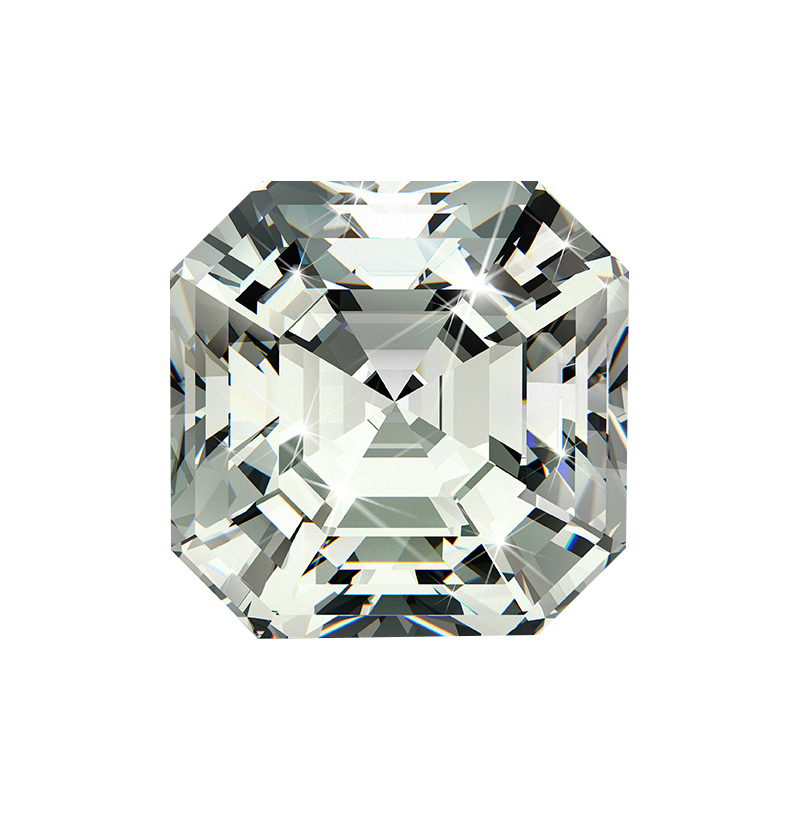 Radiant
Radiant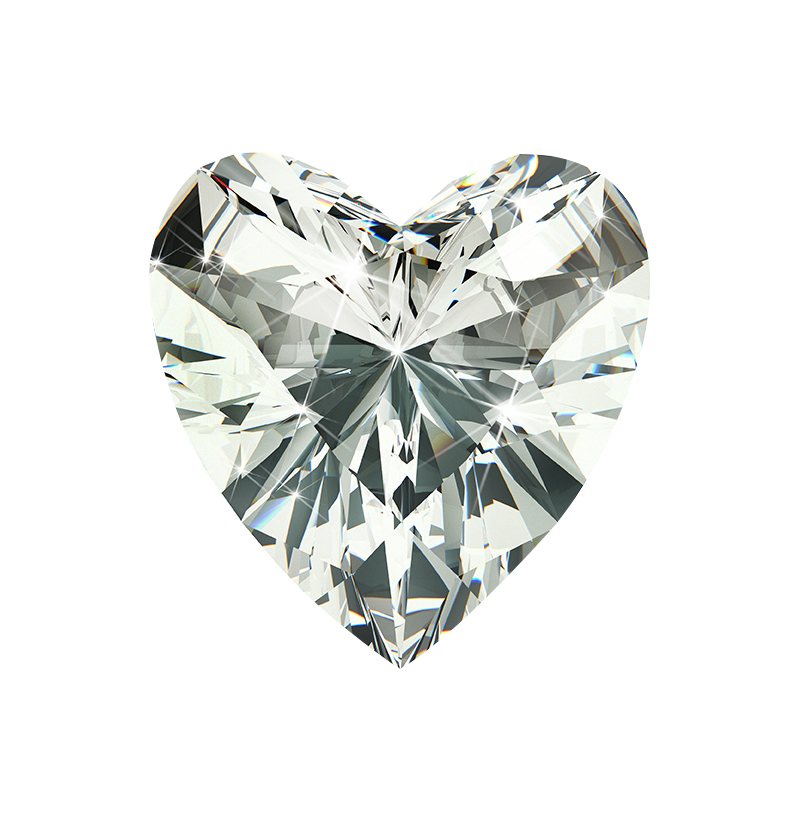 Heart
Heart
Show All
Colored Diamonds
Natural Colored Diamonds are created in the same fashion, with one unique difference. When foreign particulates are trapped during the crystallization process from which diamonds are formed, it effects and alters the chemical process and thus, changing the natural color. The result is a beautiful, rare, and exceptional diamond with unique coloringsLearn More>
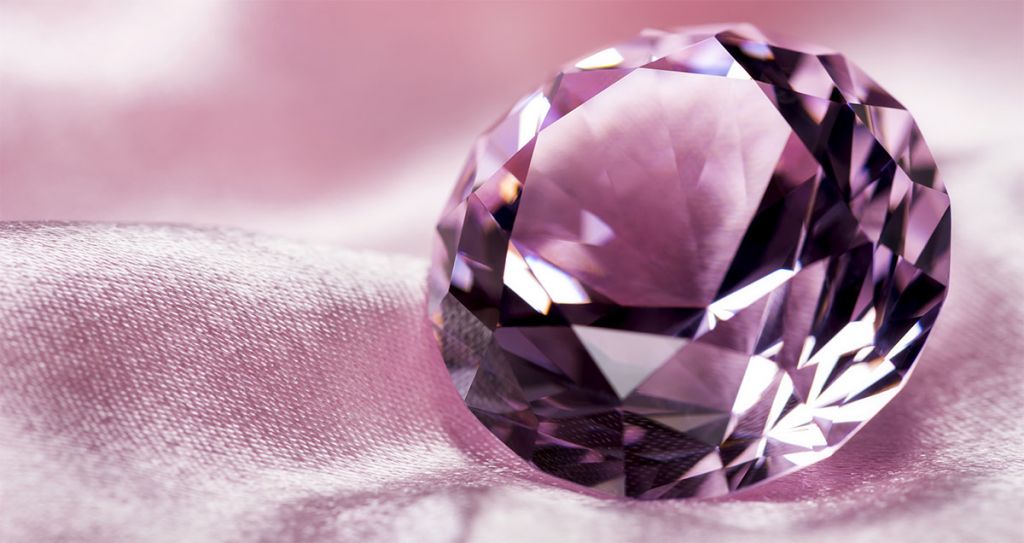
Diamond Certification
Before purchasing a diamond, you should expect to review a copy of its certificate as proof that it has undergone a professional examination, by a certified gemologist.Learn More>
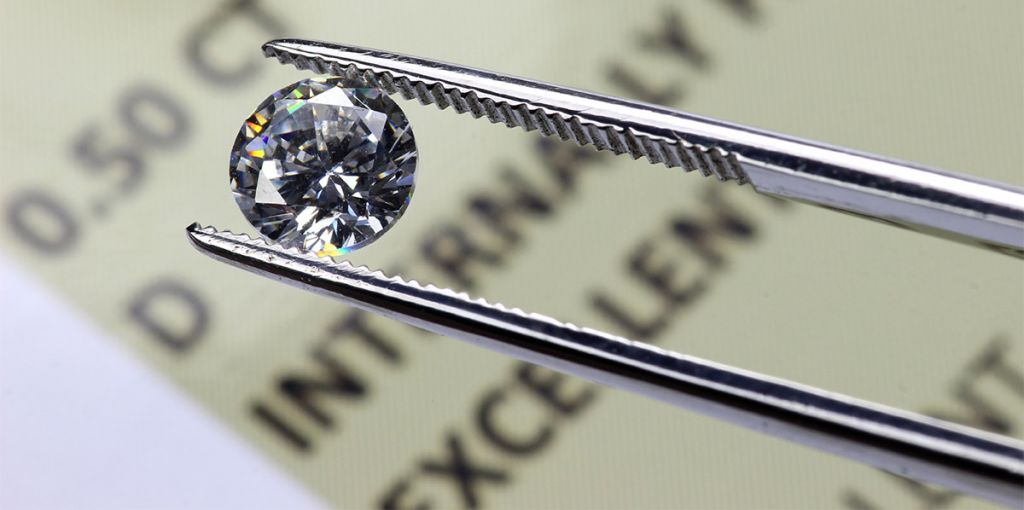

Shop Local Diamonds, Inc. does not provide an appraised value for Diamonds, gemstones or jewelry. This service should be performed by an independent appraiser. An appraisal should contain a quality analysis, description, and valuation of the gemstone or jewelry item.
While Shop Local Diamonds, Inc. does not recommend individual appraisers, there are several national appraisal associations and shop local diamonds searching tools, can help you find one in your area. Many of these associations require their appraisers to have a GIA Graduate Gemologist diploma (GG), as well as additional appraisal training. To locate an appraiser, visit our find a jeweler page and search gemologist.
Diamonds Shape BY Shape

Marquise
Named after a mistress of King Louis XV. Due to its elongated shape, the oval cut creates an illusion that the diamond is larger in size. Watch out for symmetry in marquise cut diamonds, even the slightest difference can make the diamond appear uneven and unbalanced.

Cushion
First introduced to the jewelry market in the early 1800’s, the cushion cut diamond is rich with diamond history. Cut into a square or rectangular shape with rounded corners and sides. it's considered by many to be a more vintage version of the round cut diamond.

Radiant
Radiant diamonds were introduced a little more than 20 years ago, making them fairly new to the jewelry industry. This unique shape is a stunning hybrid of a traditional round cut and an elegant emerald cut, resulting in a square, near-square, or rectangular orientation.

Asscher
Introduced in 1902 by renowned diamond cutter Joseph Asscher, this diamond shape utilizes many of the same cutting techniques as the emerald cut. What sets asscher diamonds apart are their uniquely angled and cropped corners, capturing a timeless look.

Princess
This dynamic shape has the extraordinary ability to look modern or vintage and creates the illusion of a larger diamond. The princess shape originated in the United States in 1980. The most desirable princess diamonds are perfectly square in shape and are quite popular engagement ring choices. When choosing a square diamond, make sure all sides are parallel and choose a mounting that will protect the corners.

Emerald
Emerald cut diamonds are rectangular in shape. Distinguished by beveled corners and step facets, this type of diamond is more transparent than other shapes, often requiring higher standards of clarity. The emerald cut surged in the 1900s, making it ideal for those who prefer classic jewelry. Look for parallel sides and even corners with this shape.

Round-Brilliant
The most commonly chosen shape, round diamonds have been researched by gemologists more than any other variation. Virtually all round diamonds are brilliant-cut and for good reason. When cut as a round brilliant, the diamond angels help enhance its fire and brilliance. Making this shape of diamond, renowned for its unrivaled beauty and still remains the most popular shape for diamonds.

Heart
The heart cut diamond has become synonymous with love and affection, making it an excellent choice for most any occasion and a perfect shape for Valentines day. A heart shaped stone requires great skill and dexterity from the diamond cutter. When choosing a heart-shaped diamond it should have two symmetrical halves with a distinct cleft and even wings and lobes. Thus giving it the shape of a heart.

Oval
Oval-shaped diamonds have a long history, dating back as early as 1304 with the famous Koh-i-Noor. Today they're making a strong comeback and are a very popular choice. Particularly. What makes oval shaped diamonds unique, is the fact that there cut with the same number of facets as a round diamond, emitting nearly the same level of brilliance and fire. Because of their elongated cut, oval diamonds can appear larger than a round diamond of equal carat (weight).

Pear
Resembling a teardrop(also referred to as a drop cut or teardrop diamond) the pear shape is a blend of round and marquise shape diamonds. Rounded shoulders and wings creating an appealing outline. Most wear the diamond with the point out towards the tip of your fingers for slimming effect on your hand.

Trillion
Also known as trilliant, is usually used as a side stone, however makes a stunning and unique choice for a solitare. Most triangle shaped cut diamonds are cut in brilliant style and tend to show inclusions and flaws easily.
Diamond Clarity Refers to the Absence of Inclusions and Blemishes
Natural diamonds are the result of carbon exposed to tremendous heat and pressure deep in the earth. This process can result in a variety of internal characteristics called 'inclusions' and external characteristics called 'blemishes.'
Evaluating diamond clarity involves determining the number, size, relief, nature, and position of these characteristics, as well as how these affect the overall appearance of the stone. While no diamond is perfectly pure, the closer it comes, the higher its value.
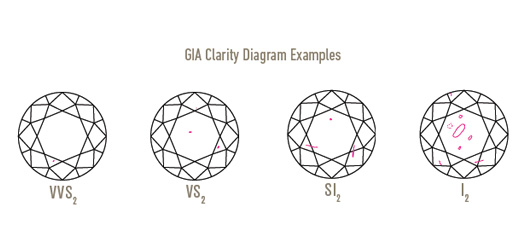
The GIA Diamond Clarity Scale has 6 categories, some of which are divided, for a total of 11 specific grades.
- Flawless (FL)
No inclusions and no blemishes visible under 10x magnification - Internally Flawless (IF)
No inclusions visible under 10x magnification - Very, Very Slightly Included (VVS1 and VVS2)
Inclusions so slight they are difficult for a skilled grader to see under 10x magnification - Very Slightly Included (VS1 and VS2)
Inclusions are observed with effort under 10x magnification, but can be characterized as minor - Slightly Included (SI1 and SI2)
Inclusions are noticeable under 10x magnification - Included (I1, I2, and I3)
Inclusions are obvious under 10x magnification which may affect transparency and brilliance
Many inclusions and blemishes are too tiny to be seen by anyone other than a trained diamond grader. To the naked eye, a VS1 and an SI2 diamond may look exactly the same, but these diamonds are quite different in terms of overall quality. This is why expert and accurate assessment of diamond clarity is extremely important.
Like the color scale, GIA's clarity grading system developed because jewelers were using terms that could be misinterpreted. Today, even if you buy a diamond somewhere else in the world, the jeweler will most likely use terms like VVS1 or SI2, even if his or her language is French or Japanese instead of English.
What causes inclusions?
Small crystals can become trapped in a diamond when it's forming. Sometimes as a crystal grows it can develop irregularities in its atomic structure.
A Diamond's Cut Unleashes Its Light
Diamonds are renowned for their ability to transmit light and sparkle so intensely. We often think of a diamond's cut as shape (round, emerald, pear), but a diamond's cut grade is really about how well a diamond's facets interact with light.
Precise artistry and workmanship are required to fashion a stone so its proportions, symmetry, and polish deliver the magnificent return of light only possible in a diamond.
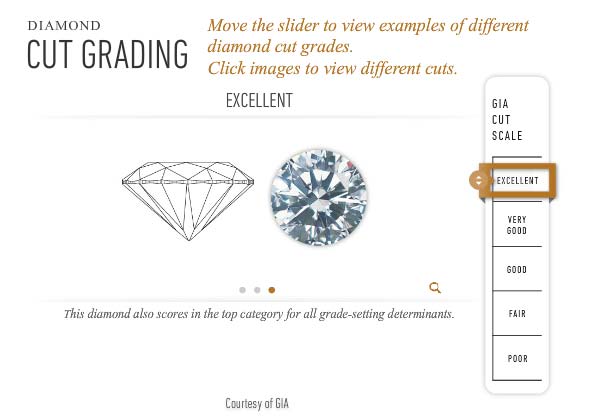
A diamond's cut is crucial to the stone's final beauty and value. And of all the diamond 4Cs, it is the most complex and technically difficult to analyze.
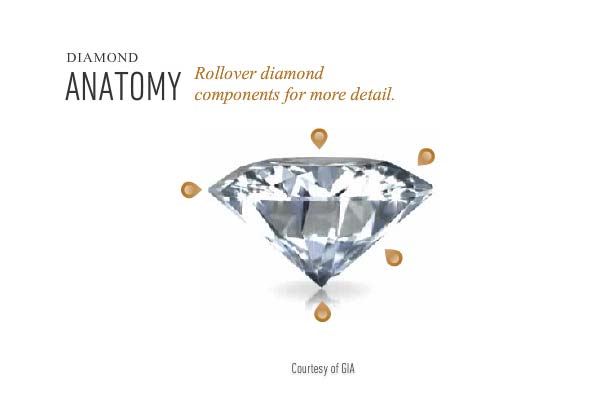
To determine the cut grade of the standard round brilliant diamond - the shape that dominates the majority of diamond jewelry – GIA calculates the proportions of those facets that influence the diamond's face-up appearance. These proportions allow GIA to evaluate how successfully a diamond interacts with light to create desirable visual effects such as:
Brightness: Internal and external white light reflected from a diamond
Fire: The scattering of white light into all the colors of the rainbow
Scintillation: The amount of sparkle a diamond produces, and the pattern of light and dark areas caused by reflections within the diamond
GIA's diamond cut grade also takes into account the design and craftsmanship of the diamond, including its weight relative to its diameter, its girdle thickness (which affects its durability), the symmetry of its facet arrangement, and the quality of polish on those facets.
The GIA Diamond Cut Scale for standard round brilliant diamonds in the D-to-Z diamond color range contains 5 grades ranging from Excellent to Poor.
The distance from the bottom of the girdle to the culet is the pavilion depth. A pavilion depth that's too shallow or too deep will allow light to escape from the side of the stone or leak out of the bottom. A well-cut diamond will direct more light through the crown.
Diamond Carat Weight
Diamond carat weight is the measurement of how much a diamond weighs. A metric "carat" is defined as 200 milligrams.
Each carat can be subdivided into 100 'points.' This allows very precise measurements to the hundredth decimal place. A jeweler may describe the weight of a diamond below one carat by its 'points' alone. For instance, the jeweler may refer to a diamond that weighs 0.25 carats as a 'twenty-five pointer.' Diamond weights greater than one carat are expressed in carats and decimals. A 1.08 carat stone would be described as 'one point oh eight carats.'
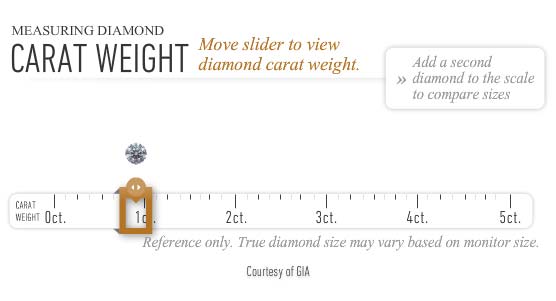
All else being equal, diamond price increases with diamond carat weight, because larger diamonds are more rare and more desirable. But two diamonds of equal carat weight can have very different values (and prices) depending on three other factors of the diamond 4Cs:Clarity, Color, and Cut.
It's important to remember that a diamond's value is determined using all of the 4Cs, not just carat weight.
Some weights are considered "magic sizes" – half carat, three-quarter carat, and carat. Visually, there's little difference between a 0.99 carat diamond and one that weighs a full carat. But the price differences between the two can be significant.
The modern carat system started with the carob seed. Early gem traders used the small, uniform seeds as counterweights in their balance scales. The carat is the same gram weight in every corner of the world.
Diamond Color Actually Means Lack of Color
The diamond color evaluation of most gem-quality diamonds is based on the absence of color. A chemically pure and structurally perfect diamond has no hue, like a drop of pure water, and consequently, a higher value. GIA's D-to-Z diamond color-grading system measures the degree of colorlessness by comparing a stone under controlled lighting and precise viewing conditions to masterstone stones of established color value.
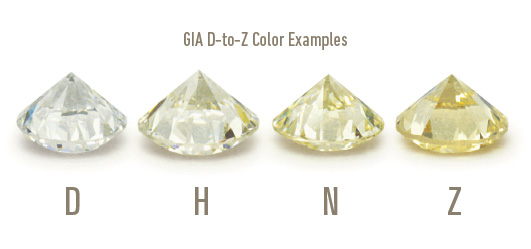
GIA’s diamond D-to-Z color grading scale is the industry's most widely accepted grading system. The scale begins with the letter D, representing colorless, and continues, with increasing presence of color, to the letter Z.
Many of these color distinctions are so subtle that they are invisible to the untrained eye; however, these distinctions make a very big difference in diamond quality and price.
Before GIA universalized the D-to-Z Color Grading Scale, a variety of other systems were used loosely, from A, B, and C (used without clear definition), to Arabic (0, 1, 2, 3) and Roman (I, II, III) numbers, to descriptive terms like "gem blue" or "blue white," which are notorious for misinterpretation. So the creators of the GIA Color Scale wanted to start fresh, without any association with earlier systems. Thus the GIA scale starts at the letter D. Very few people still cling to other grading systems, and no other system has the clarity and universal acceptance of the GIA scale.
No. Naturally colored diamonds outside the normal color range are called fancy-color diamonds. The FTC provides no guidelines for the use of the term “fancy-color” in the US, but there is general agreement in the international trade that fancy-color diamonds are either yellow or brown diamonds that have more color than a Z masterstone or they exhibit a color other than yellow or brown.
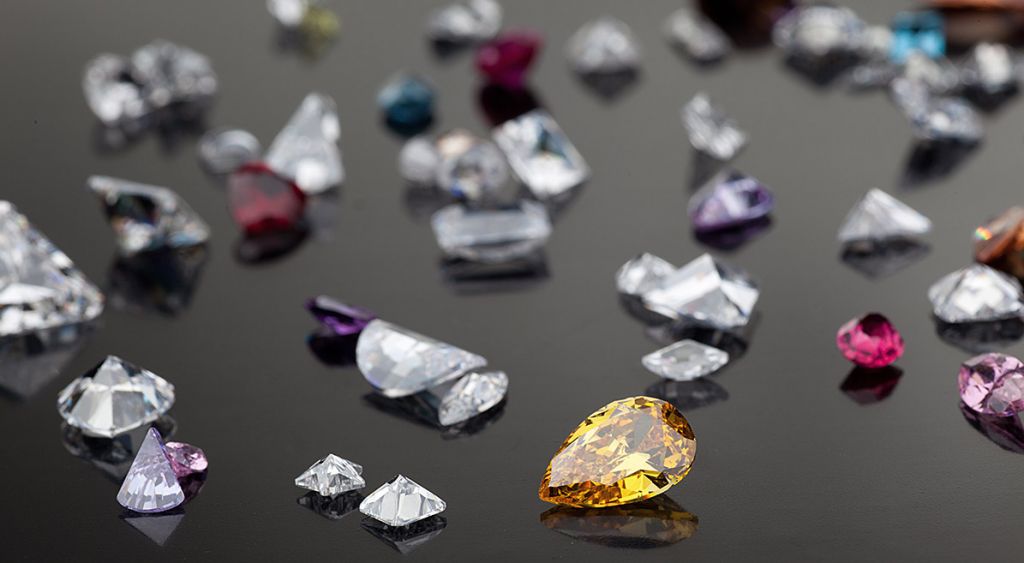
While the vast majority of diamonds fall in the D-to-Z color range, nature occasionally produces diamonds with a naturally occurring blue, brown, pink, deep yellow or even green hue. The geological conditions required to yield these colors are rare, making diamonds with distinct and naturally occurring shades scarce and highly prized.
Unlike colorless and near-colorless diamonds, fancy-color diamonds are evaluated less for brilliance or fire and more for color intensity. Shades that are deep and distinct are rated higher than weak or pale shades.
GIA describes color in terms of hue, tone and saturation. Hue refers to the diamond's characteristic color, tone refers to the color's relative lightness or darkness and saturation refers the color's depth or strength.
Using highly controlled viewing conditions and color comparators, a fancy color grader selects one of 27 hues, then describes tone and saturation with terms such as "Fancy Light," "Fancy Intense," and "Fancy Vivid." The color system GIA developed is used worldwide.


